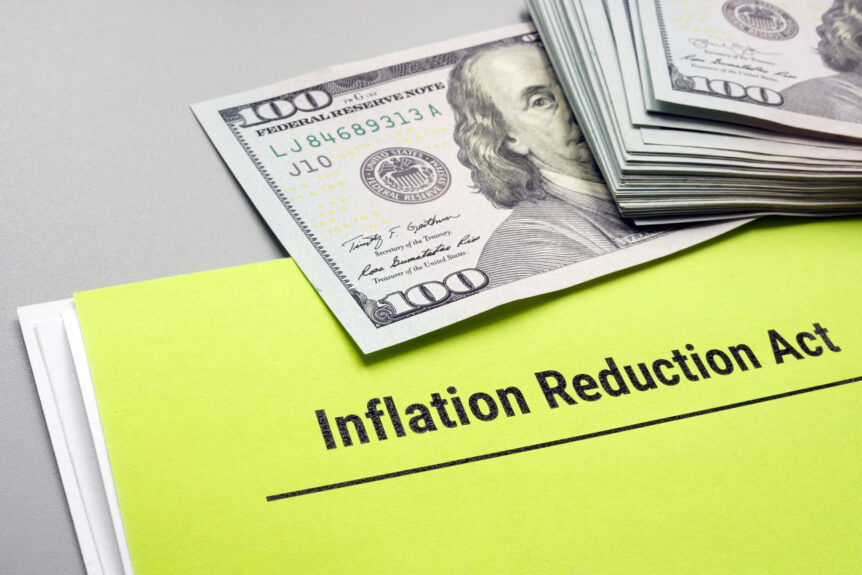Influencing vs. Merely Accessing Available Funding Programs
By Ravi Malhotra
Originally published in NH&RA’s Tax Credit Advisor, May 2024
Government agencies are still racing to get their Inflation Reduction Act (IRA) and Bipartisan Infrastructure Law (BIL) funds out the door, and they remain open to input from various stakeholders to help guide this process. In advocating for increased investment in the multifamily affordable housing market, stakeholders can target key pain points and unrealized opportunities for agencies, utilities, and program implementers, to facilitate a program design that meets the needs of the multifamily sector.
For example, this is the ideal time to convince your local utility to expand or launch a multifamily-focused program. For utilities, leveraging BIL/IRA funds and activities means they can get credit for a huge amount of energy savings. The Designing, Launching, and Managing Utility Programs for Multifamily Housing white paper (https://bit.ly/4b2aTZV) can be a helpful tool in multifamily stakeholders’ advocacy efforts.
The benefits of such collaboration for multifamily housing are direct, and significant, as properties can access a range of green solutions that reduce their operation and maintenance costs; increase property value and operating income; extend properties’ lifetimes; and increase health, comfort, safety and affordability for low-income tenants. Stakeholders can leverage this period of rapid change to push states and utilities, because issues like environmental protection, equity, economic development, and decarbonization, are moving to the forefront. Higher equipment efficiency standards (e.g., federal lighting standards) have increased energy performance baselines, cutting into the efficiency savings that can be claimed on these measures. Demand for cleaner or renewable energy continues to grow around the country, placing greater emphasis on energy efficiency and load control measures that reduce energy consumption when renewables are not available. Multifamily-focused programs that leverage IRA and BIL funds can be a “silver bullet” for utilities struggling to create cost-effective programs, while states with BIL/IRA funds can leverage the expertise and network of existing utility programs to launch their programs. It’s the perfect time to establish symbiotic relationships.
However, this window may be closing, with a potential political shakeup at the end of this election season. Some of the BIL/IRA funding from the Department of Energy, Environmental Protection Agency, and Department of Housing and Urban Development has been awarded, but the majority of those funds are in the planning stage. (See table for relevant federal funds and responsible disbursement entities.)
And still, too few multifamily owners are even aware that these funding buckets exist.
| Agency Data for Key Program Funds | ||
| Funding Source | Managing Agencies/Entities | Administering Agencies/Entities |
| Home Energy Rebate Funds | DOE | State Energy Offices |
| Weatherization Assistance Program | DOE | WAP Grantees List |
| Tax Credits: Solar and Storage Investment Tax Credit, 179D, 45L | U.S. Dept. of the Treasury | U.S. Internal Revenue Service |
| Greenhouse Gas Reduction Fund
– Solar for All – National Clean Investment Fund |
EPA
|
|
| TBD at the time of publication | ||
| Grantees List | ||
| Grantees List | ||
| Climate Pollution Reduction Grants | EPA | Grantees List (to date) |
| Environmental Justice Grants, Funding and Technical Assistance | EPA | Grantees Lists (to date) |
| Green and Resilient Retrofit Program | HUD | HUD |
Advocacy Reference Material and Additional Resources:

